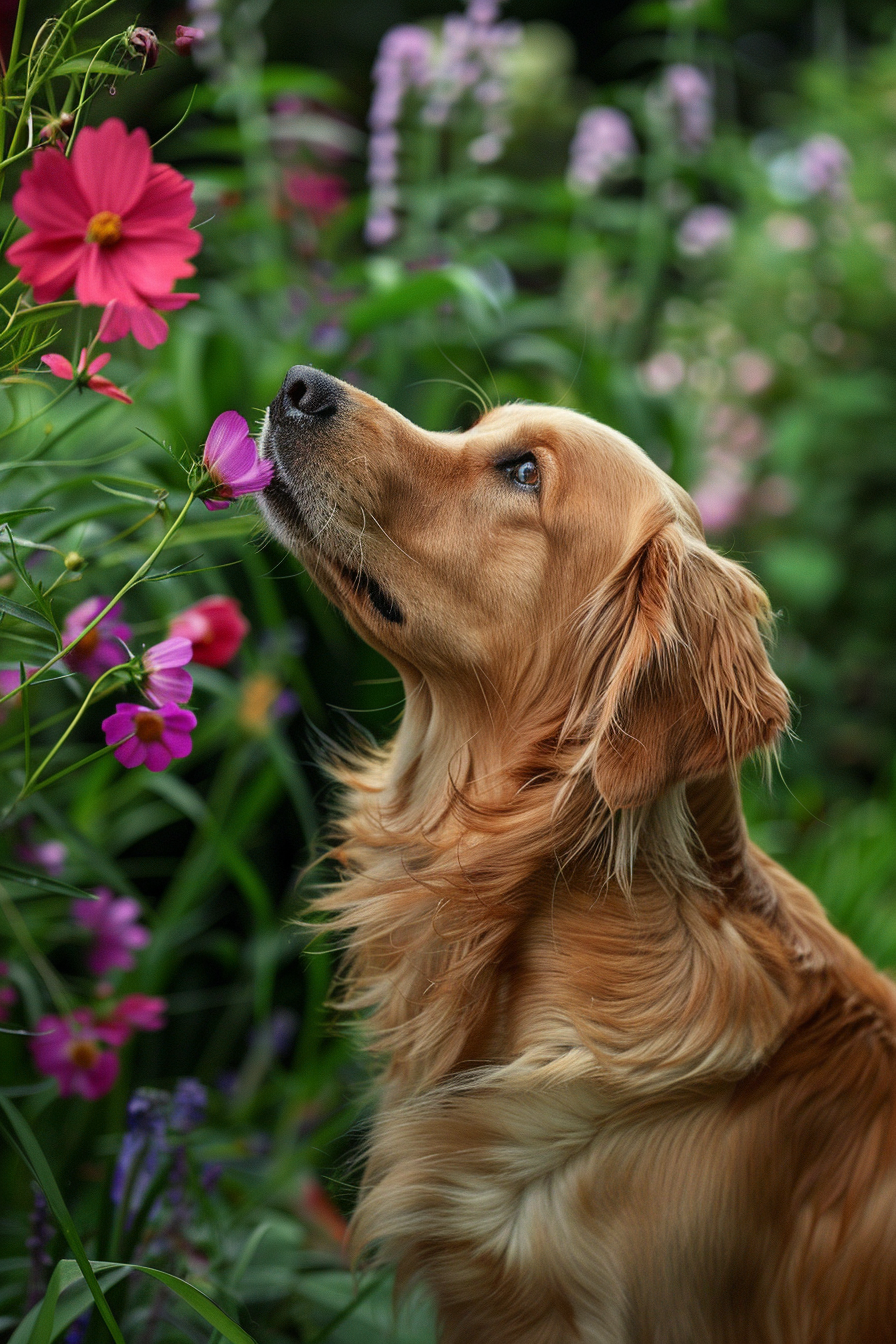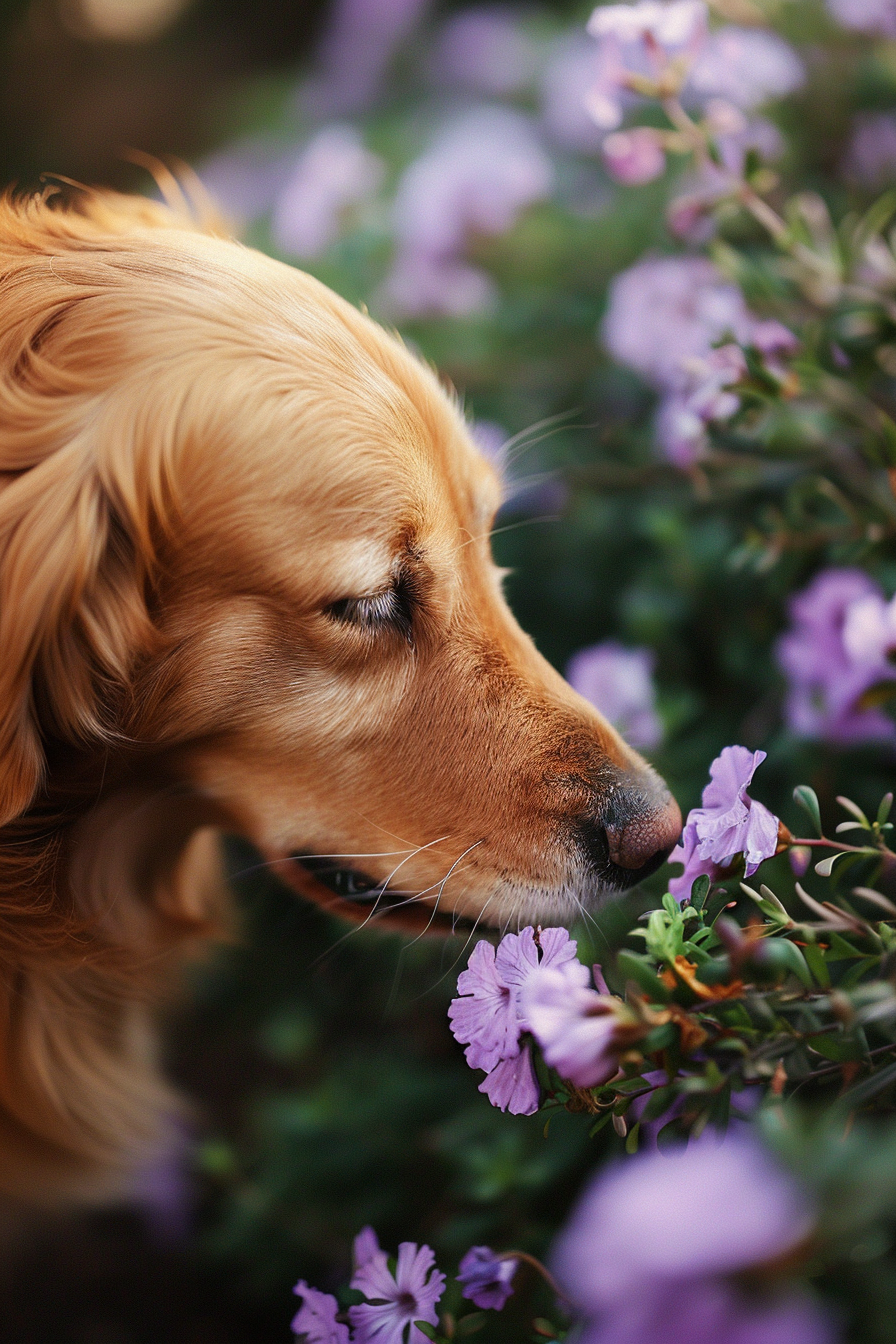Many common houseplants and garden plants can be toxic to cats and dogs. It’s essential to know which plants to avoid to keep your furry friends safe. Here are 25 plants that are harmful to pets.

1. Lilies
Lilies are extremely toxic to cats and can cause kidney failure even in small amounts. All parts of the plant, including the pollen, are dangerous. Common types include Easter lilies, tiger lilies, and daylilies.
2. Aloe Vera
While aloe vera is beneficial for humans, it’s toxic to both cats and dogs. Ingesting aloe vera can cause vomiting, diarrhea, and lethargy in pets.
3. Sago Palm
Sago palms are highly toxic to pets. Ingesting any part of this plant can cause severe liver damage and potentially be fatal. Symptoms include vomiting, diarrhea, seizures, and liver failure.
4. Azaleas
Azaleas contain toxins that can cause vomiting, diarrhea, and even heart failure in severe cases if ingested by cats or dogs.
5. Tulips
Tulips contain toxins that can cause gastrointestinal issues, including drooling, vomiting, and diarrhea, in pets. The highest concentration of toxins is in the bulbs.
6. Oleander
Oleander is highly toxic to pets and humans. Ingesting even small amounts can cause severe symptoms, including heart problems, gastrointestinal issues, and potentially death.
7. Daffodils
Daffodils contain lycorine, which can cause vomiting, diarrhea, abdominal pain, and even cardiac arrhythmias if ingested by pets. The bulbs are the most toxic part.
8. Ivy
English ivy and other ivy species contain toxins that can cause vomiting, abdominal pain, hypersalivation, and diarrhea in pets. Avoid letting pets chew on the leaves or stems.
9. Chrysanthemums
Chrysanthemums, or mums, contain pyrethrins which can cause gastrointestinal upset, drooling, vomiting, and diarrhea in pets. In severe cases, it can lead to loss of coordination and skin irritation.
10. Dieffenbachia
Dieffenbachia, also known as dumb cane, contains calcium oxalate crystals that can cause oral irritation, drooling, vomiting, and difficulty swallowing in pets.
11. Pothos
Pothos, or devil’s ivy, contains insoluble calcium oxalates that can cause oral irritation, intense burning, and swelling of the mouth, tongue, and lips, as well as vomiting and difficulty swallowing.
12. Caladium
Caladium contains insoluble calcium oxalates which can cause severe oral irritation, excessive drooling, vomiting, and difficulty swallowing in pets.
13. Amaryllis
Amaryllis contains toxins that can cause vomiting, depression, diarrhea, abdominal pain, hypersalivation, anorexia, and tremors in pets.
14. Cyclamen
Cyclamen contains saponins that can cause gastrointestinal irritation, including intense vomiting and diarrhea. The highest concentration of toxins is found in the tubers and roots.
15. Kalanchoe
Kalanchoe contains toxins that can cause vomiting, diarrhea, and in severe cases, abnormal heart rhythms and heart failure in pets.
16. Jade Plant
The jade plant, also known as the rubber plant, contains unknown toxins that can cause vomiting, depression, and a slow heart rate in pets.
17. Autumn Crocus
Autumn crocus contains colchicine which can cause severe gastrointestinal distress, liver and kidney damage, respiratory failure, and death if ingested by pets.
18. Hyacinth
Hyacinths contain similar toxins to tulips and can cause severe gastrointestinal upset, including vomiting and diarrhea, especially if the bulbs are ingested.
19. Bird of Paradise
The bird of paradise plant contains toxins that can cause mild to moderate gastrointestinal symptoms, including nausea, vomiting, and drowsiness in pets.
20. Philodendron
Philodendrons contain insoluble calcium oxalates that can cause oral irritation, swelling, and severe burning of the mouth, tongue, and lips, as well as vomiting and difficulty swallowing in pets.
21. Peace Lily
Peace lilies contain calcium oxalate crystals that can cause oral irritation, excessive drooling, vomiting, and difficulty swallowing if ingested by pets.
22. Wisteria
Wisteria contains lectins and wisterin toxins that can cause vomiting, diarrhea, and severe gastrointestinal distress if ingested by pets.
23. Poinsettia
Poinsettias have a milky sap that can cause mild to moderate gastrointestinal irritation, including drooling, vomiting, and diarrhea, if ingested by pets. The plant is less toxic than many others on this list but should still be kept out of reach of pets.
24. Snake Plant
The snake plant contains saponins that can cause nausea, vomiting, and diarrhea if ingested by pets.
25. Yew
Yew plants contain taxines that are highly toxic and can cause sudden death due to heart failure in pets. Symptoms of poisoning include tremors, difficulty breathing, vomiting, and seizures.

Conclusion
Keeping your pets safe means being mindful of the plants you bring into your home. By avoiding these toxic plants and opting for pet-safe alternatives, you can enjoy a beautiful garden and home without risking your pets’ health. Always consult with your veterinarian if you suspect your pet has ingested a toxic plant.


